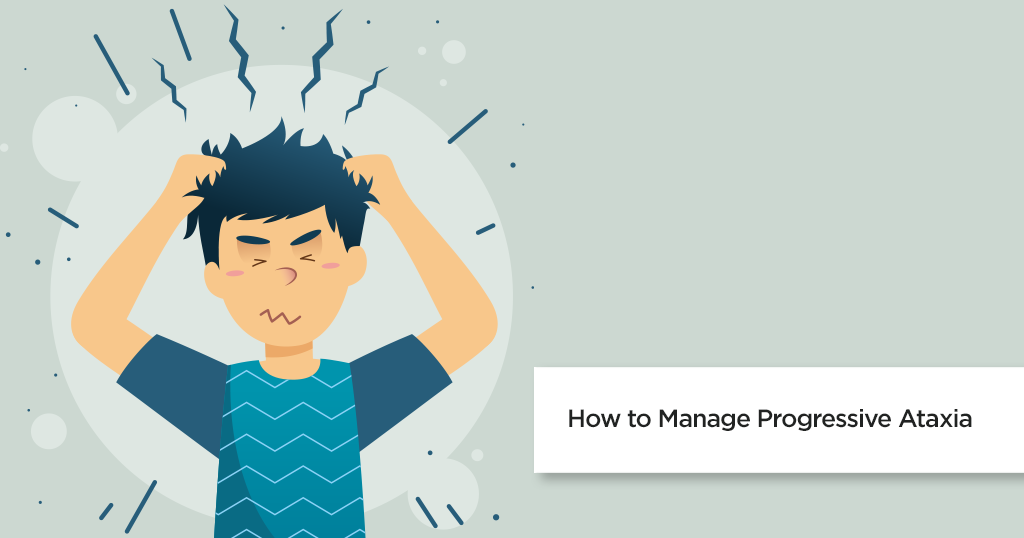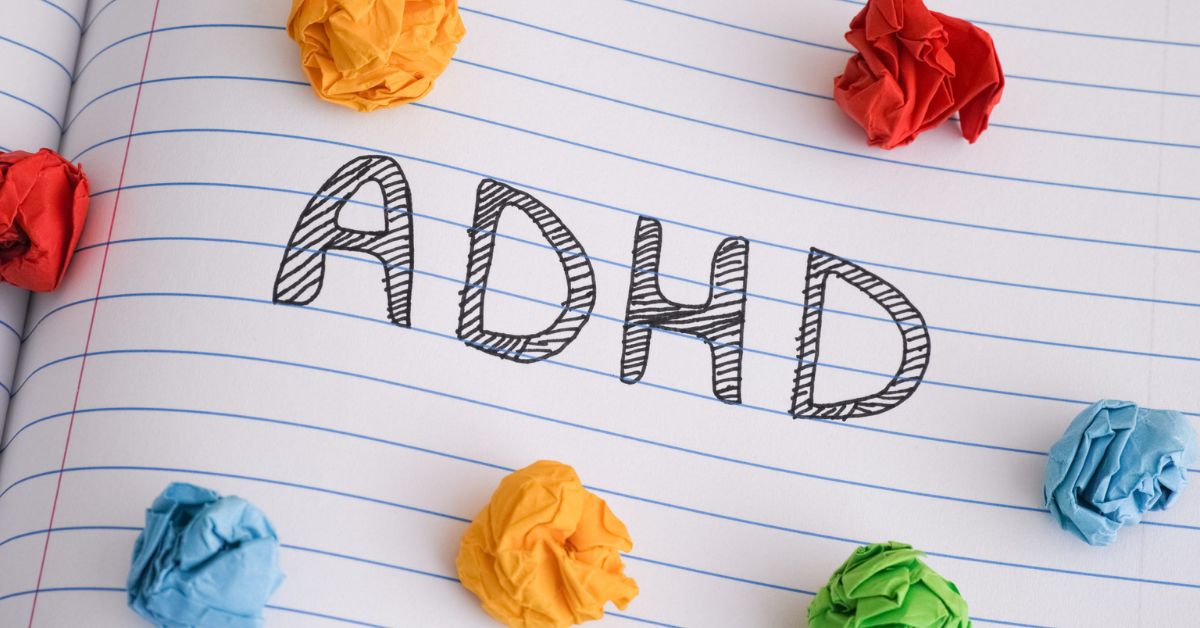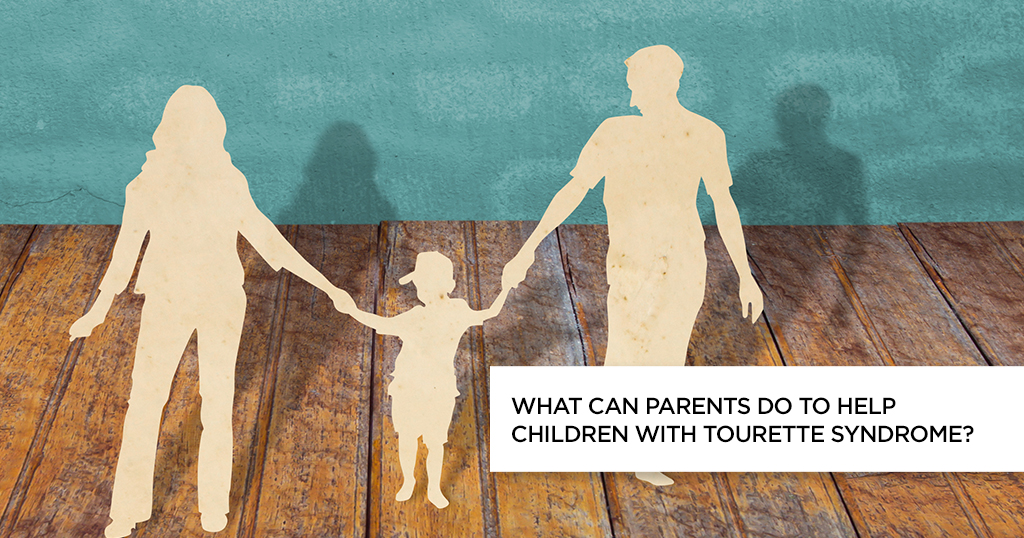How to Manage Progressive Ataxia


Ataxia is a group of neurological disorders where the motor behaviours are uncoordinated. Patients suffering from Ataxia may have difficulty in performing basic functions such as walking, writing, speaking, and reading. It is a result of abnormalities or irregularities in parts of the nervous system or an injury to a muscle.
What is ataxia, and what causes it?
Ataxia is a neurological disorder that affects a person’s voluntary movements – the ability to walk, swallow, speak, write, and eye movements.
There are three common types:
- Cerebellar ataxia
- Vestibular ataxia
- Sensory ataxia
- Cerebellar ataxia
Ataxia occurs when a part of the brain – the cerebellum – is affected. It is responsible for motor control, coordination, and sensory perception of the human body.
The neurological symptoms of cerebellar ataxia include:
- Decreased muscle tone
- Lack of coordination between body parts
- Inability to perform rapid movements
- Difficulty in making basic calculations
These symptoms may vary in individuals depending on the proportion of cerebellum damaged.
- Vestibular ataxia
Ataxia occurs due to damage caused to the ear affecting the vestibular system. It plays a role in the function of hearing.
In acute cases, vestibular ataxia can lead to vomiting or nausea and vertigo. Vertigo is a sudden sensation often experienced by moving your head too fast.
- Sensory ataxia
Sensory ataxia occurs due to the loss of proprioception – a sense of the relative positions of the parts of the body. It can lead to difficulty in coordinating voluntary movements of eyes, hands, legs, larynx, and pharynx. It causes postural instability in some cases.
Hereditary Ataxias
Ataxia-telangiectasia: Ataxia in children is known as ataxia-telangiectasia. It appears in children when they begin walking. They sway when standing still or walking. The symptoms include:
- Frequent infections
- Wobbliness
- Appearance of spider veins on face and in the eyes
Friedreich’s ataxia: It was named after Nikolaus Friedreich. This progressive genetic type occurs in children between the age of 10 – 15 years.
Friedreich’s ataxia is the first form of hereditary ataxia to be distinguished from the other forms. An abnormality in the gene Frataxin (FXN) gene causes Friedreich’sataxia. The symptoms include:
- High arching feet
- Weakened heart muscle
- Scoliosis – sideward curvature of the spinal cord
Mitochondrial Ataxia: This is another type of hereditary ataxia. It can be passed on to a child from the mother through the defect Mitochondria in the mother’s egg.
Causes of ataxia
Degeneration or the damage caused to the brain that controls the motor functions – the cerebellum – causes ataxia. In some cases, damages caused to the spinal cord can also result in ataxia.
Some of the causes of ataxia include:
- Stroke – Bleeding or blockage in one of the nerves of the brain results in a stroke.
- Infections – A combination of certain infections like chickenpox or HIV can also result in ataxia, though it is uncommon.
- Head trauma – Damage caused to the brain or the spinal cord from a sudden blow to the head can cause ataxia.
Symptoms of ataxia
What are the early signs of ataxia?
Early signs of ataxia show up differently in men and women. In some cases, symptoms appear and disappear. Here are some of the early signs:
- Headache: Headache is the most common symptom. Every time you have a headache, it may not be due to ataxia but, if you get frequent headaches, consult a doctor.
- Trouble performing fine motor functions: If you face difficulties performing essential functions like walking, eating, swallowing, speaking, and writing, it is recommended to seek medical advice.
After some time, you may notice other symptoms such as:
- Tremors or trembling in body parts
- Rapid eye movement
- Hearing and vision issues
- Difficulty in swallowing, leading to choking
- Problems with maintaining balance
- Heart problems
- Slurred speech
If you, or any of your loved ones, experience any of these symptoms, it is best to visit a doctor immediately and get yourself checked.
FAQs of ataxia
Does ataxia go away?
Every case of ataxia is different. Depending on the type, every individual shows a different set of signs and symptoms.
If ataxia is caused by an infection or an illness, such as stroke, the symptoms usually improve. and completely gets cured.
As there is no cure for ataxia, treatment options include therapy, medication, and counselling. These options reduce the symptoms and improve the quality of life.
Can ataxia be caused by stress?
The cause of ataxia differs in every individual. It may be due to infections, stress or other reasons. .
People suffering from episodic ataxia have recurrent episodes of their symptoms. It is triggered due to a lot of external factors, including stress, medications, caffeine, or alcohol.
How do you test for ataxia?
Your doctor will run a physical and neurological exam to look for symptoms of ataxia. Further, there will be a series of tests, including:
- Genetic testing: Genetic testing would be carried out to check whether you or your child is carrying the mutation gene that causes ataxia.
- Imaging studies: Magnetic Resonance Testing (MRI) or Computed Tomography (CT) scan of your brain might help the doctor look for ataxian. An MRI can also show cerebellum shrinkage in the brain; one of the common causes of ataxia.
- Spinal tap: A needle is inserted into your lower back to take out the cerebrospinal fluid for testing. This fluid surrounds your brain and spinal cord and can help diagnose ataxia.
© Copyright 2024. Apollo Hospitals Group. All Rights Reserved.
 +91 8069991061
Book Health Check-up
Book Health Check-up
Book Appointment
Book Appointment
+91 8069991061
Book Health Check-up
Book Health Check-up
Book Appointment
Book Appointment







